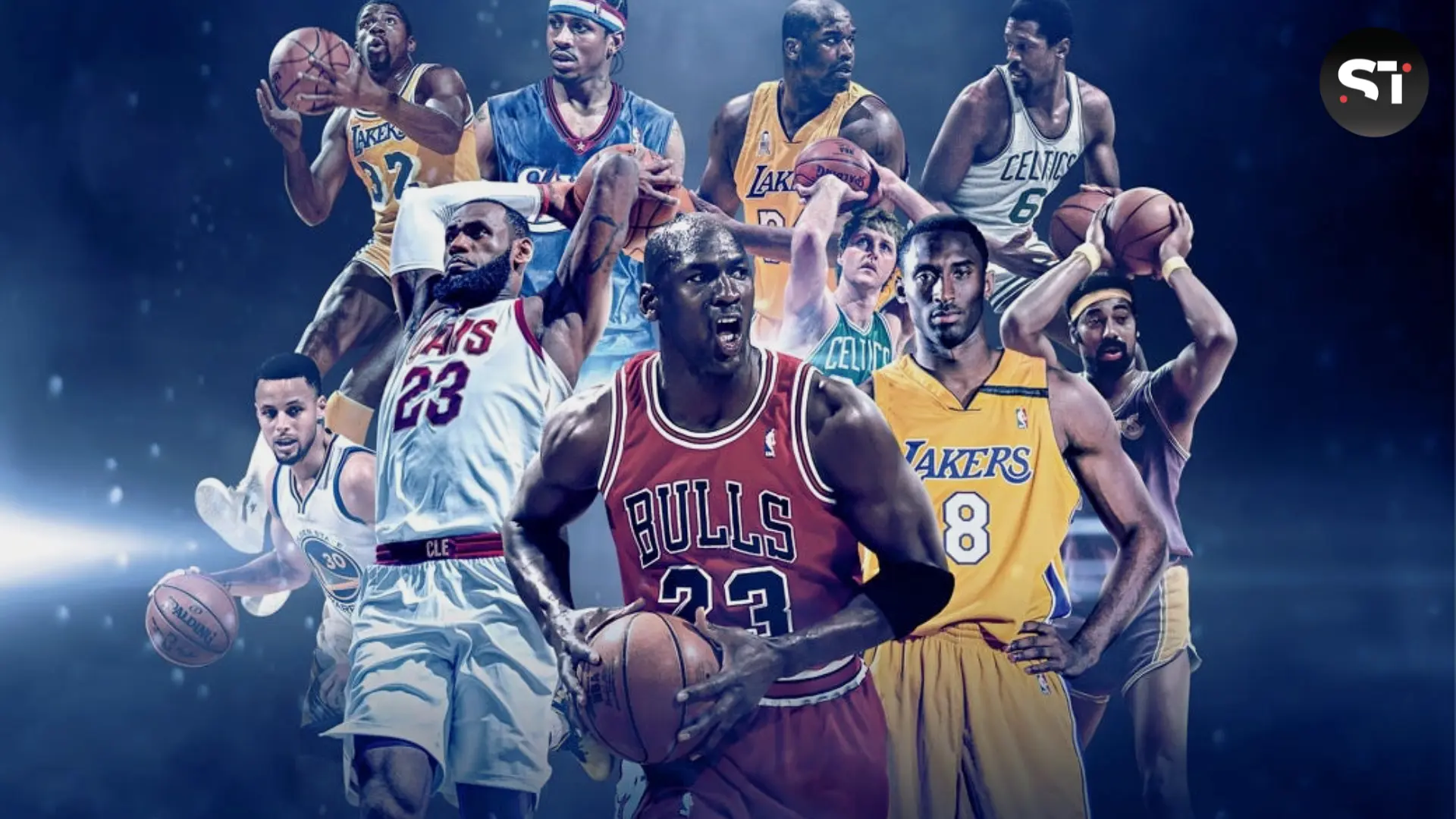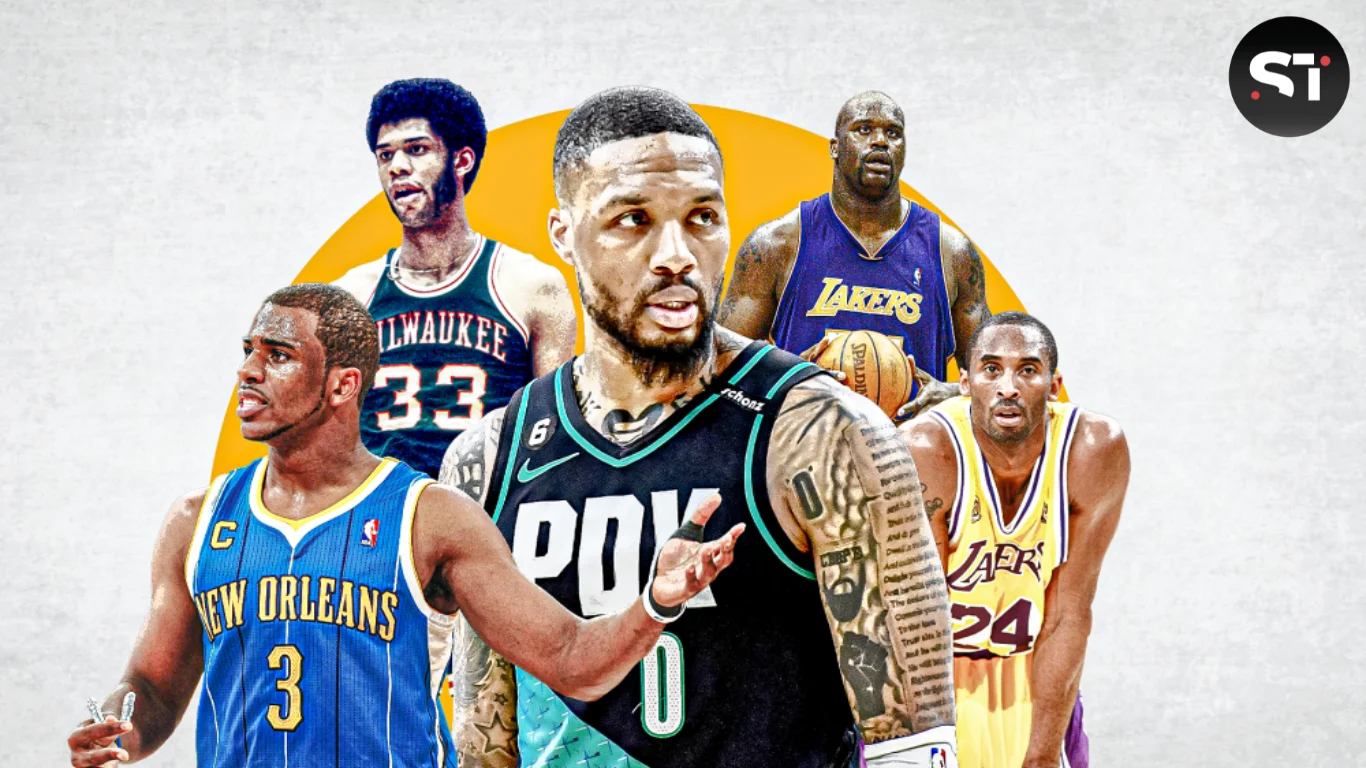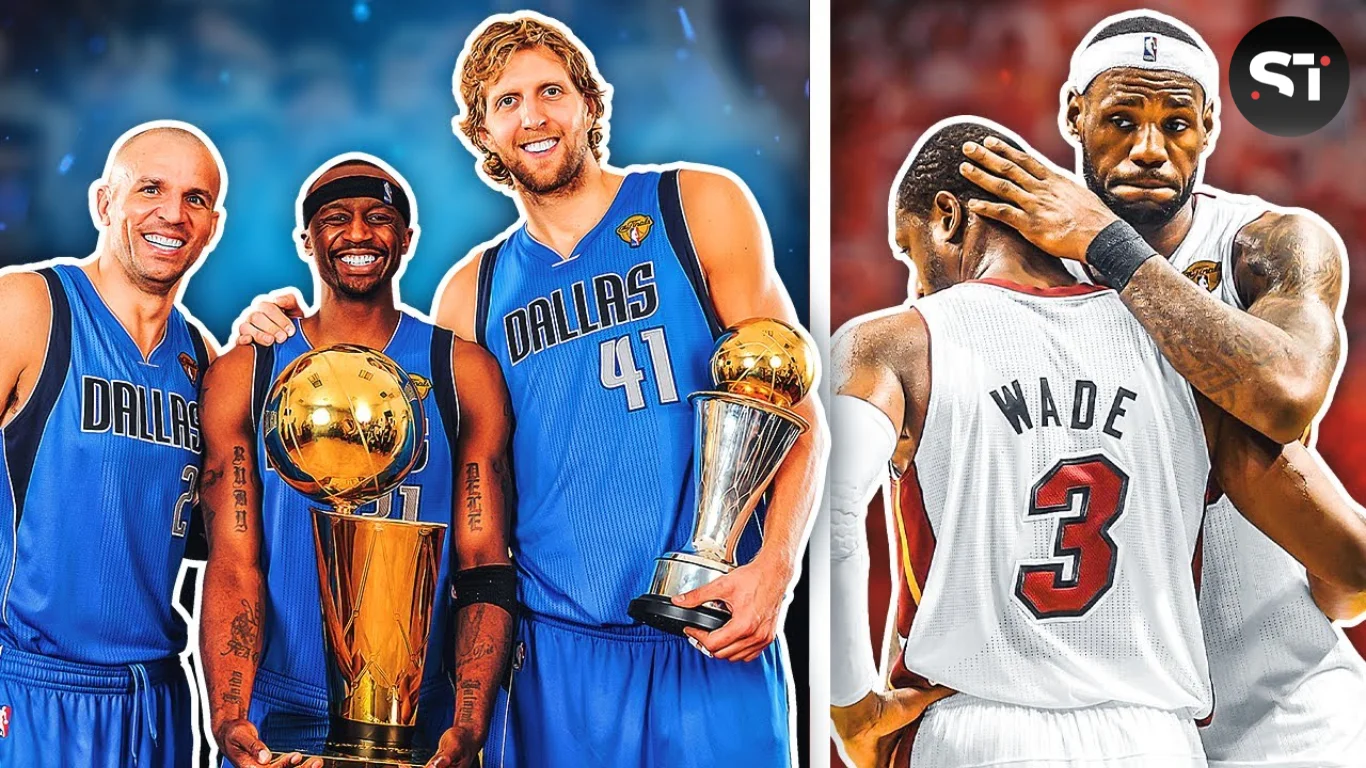The NBA All-Star Game has become a cornerstone of basketball culture, evolving from a simple exhibition match to a globally celebrated spectacle. Since its inception in 1951, this annual event has not only showcased the extraordinary talents of the league’s best players but has also significantly shaped the landscape of professional basketball.
As we delve into the fascinating journey of the NBA All-Star Game, we’ll explore its humble beginnings, its transformative moments, and its profound impact on the sport and popular culture at large.
The Birth of a Tradition
Early Days and Growing Pains
The inaugural NBA All-Star Game took place on March 2, 1951, at the Boston Garden. Initially conceived as a way to boost the league’s popularity and mend the relationship between players and owners following a game-fixing scandal, the event quickly captured the imagination of fans and players alike.

In those early years, the game was a relatively straightforward affair, with the Eastern Conference facing off against the Western Conference in a display of the league’s top talent. However, as the years progressed, the All-Star Game began to evolve.
The NBA recognized this midseason showcase’s potential and started introducing new elements to keep fans engaged. One of the most significant early changes was the introduction of fan voting in 1975, which allowed supporters to have a say in selecting the starting lineups. This move not only increased fan engagement but also added a layer of excitement and anticipation leading up to the event.
The Golden Era: 1980s and 1990s
Star Power and Rivalry
The 1980s and 1990s marked a golden era for the NBA All-Star Game. During this period, the league experienced an unprecedented surge in popularity, largely due to the emergence of transcendent superstars like Magic Johnson, Larry Bird, and Michael Jordan. These players brought their intense rivalries and unparalleled skills to the All-Star stage, transforming the game into a must-see TV.
Moreover, the NBA capitalized on this star power by expanding the All-Star Weekend to include additional events. The Slam Dunk Contest, first introduced in 1984, quickly became a fan favorite, showcasing the athleticism and creativity of the league’s high-flyers. Similarly, the Three-Point Contest, added in 1986, highlighted the growing importance of long-range shooting in the modern game.
Global Appeal and Cultural Impact
As the NBA continued to grow in popularity, so too did the All-Star Game’s global appeal. International players began to make their mark on the event, reflecting the league’s expanding reach beyond North American borders. This internationalization not only diversified the talent pool but also helped to create a truly global basketball community.

Furthermore, the NBA All-Star Weekend began to attract celebrities from various fields, including music, film, and fashion. This cross-pollination of culture turned the event into a star-studded affair, further cementing its place in popular culture.
The convergence of sports and entertainment during All-Star Weekend created a unique atmosphere that went beyond basketball, attracting a wider audience and increasing the event’s cultural significance.
Modern Era: Innovations and Challenges
Format Changes and Competitive Balance
As the NBA entered the 21st century, the All-Star Game faced new challenges. Critics argued that the game had lost its competitive edge, with players prioritizing flashy plays over genuine competition. In response, the league introduced several format changes to reinvigorate the event.
One of the most significant innovations came in 2018 when the NBA abandoned the traditional East vs. West format in favor of a playground-style draft. This change allowed two captains, typically the top vote-getters from each conference, to select their teams regardless of conference affiliation.

This new format injected fresh excitement into the game and created intriguing storylines as players teamed up with or faced off against their usual teammates. Additionally, in 2020, the NBA introduced the Elam Ending to the All-Star Game.
This format sets a target score for the fourth quarter, ensuring a more competitive and exciting finish. These changes have been largely successful in rekindling player and fan interest in the game itself, rather than just the surrounding festivities.
Technological Advancements and Fan Engagement
The digital age has brought new opportunities for fan engagement during NBA All-Star Weekend. Social media platforms have become integral to the experience, allowing fans to interact with players, vote for participants, and share their favorite moments in real time. The NBA has embraced these technologies, using them to create immersive experiences that extend far beyond the confines of the arena.
Virtual and augmented reality technologies have also begun to play a role in the All-Star experience. Fans can now enjoy 360-degree views of the action, virtual meet-and-greets with players, and interactive games that bring them closer to the action than ever before. These innovations have helped the NBA maintain the All-Star Game’s relevance in an increasingly digital world.
Impact on Basketball Culture and Beyond
Player Legacies and Marketing Opportunities
Participation in the NBA All-Star Game has become a significant marker of a player’s success and popularity. For many athletes, being selected as an All-Star is a career-defining achievement that enhances their legacy and Hall of Fame credentials. The event also provides a unique platform for players to showcase their personalities and build their personal brands, often leading to lucrative endorsement deals and increased global recognition.
Community Outreach and Social Impact
Beyond the glitz and glamour, the NBA All-Star Weekend has also become an important vehicle for community outreach and social impact. The league and its players use the event to support various charitable causes, conduct youth clinics, and address important social issues. This commitment to giving back has helped to strengthen the bond between the NBA and its fans, while also positioning the league as a socially responsible organization.

Conclusion
From its humble beginnings to its current status as a global phenomenon, the NBA All-Star Game has come a long way. Throughout its evolution, it has consistently reflected and shaped basketball culture, adapting to changing times while maintaining its core appeal.
As we look to the future, it’s clear that the All-Star Game will continue to play a vital role in the NBA’s efforts to engage fans, showcase talent, and promote the sport of basketball worldwide.The event’s ability to bring together the best players, entertain millions of fans, and make a positive impact on communities is a testament to its enduring significance.
As the NBA continues to innovate and expand, the All-Star Game will undoubtedly remain a cherished tradition and a highlight of the basketball calendar for years to come. Whether you’re a die-hard fan or a casual observer, the NBA All-Star Game offers something for everyone, celebrating the very best of basketball and the culture that surrounds it.







